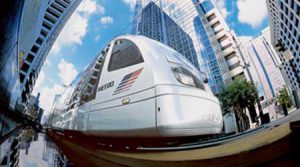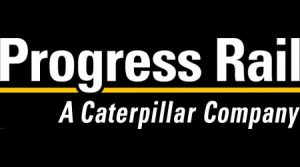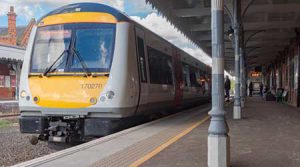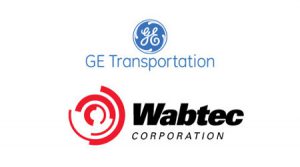December 2017
Rail News: Mechanical
Outlook 2018: Rail-car forecast by Richard Kloster

This time last year, the rail equipment outlook for 2017 looked promising. Freight volumes had picked up in late 2016, rail-car demand had improved and 2017 was looking like a possible recovery year. However, the pick-up was short lived and there was no recovery to be had — just a continued slogging through a shifting market with too many cars in some segments and not enough in others.
So, no one should be under any false illusions, or delusions, that 2018 is going to be anything other than a slog-fest: The simple fact is that there are just too many cars available in too many fleet segments. For two years now, there has been a huge surplus of cars created by inadequate freight demand and significant fleet growth, i.e., high new car build rates and low retirements.
Another slog-fest
The ideal way to deal with too much availability — otherwise known as a surplus — is to deploy more cars into service, while at the same time reducing the size of the fleet. Simple supply and demand. For 2018, freight is forecast to be up 2.7 percent year over year, and that will put more cars back into service. On the supply side, retirements are projected to be over 60,000 cars, about 50 percent higher than normal. New car deliveries are forecast to be about 41,000 cars. The net result for 2018 is a slightly shrinking fleet, and a surplus that will decline considerably — but remain annoyingly high. New car demand will be flat but by no means weak, while retirements will be high but focused in a few problem fleets. Fleet utilization will improve some but not enough to allow for any meaningful improvement in lease rates, which overall will continue to be depressed.
This outlook almost makes one want to run out and buy some rail cars, since poor market conditions should lead to lower equipment values — or so one would think.
However, buyer interest in acquiring secondary market rail cars is expected to remain strong and keep values higher than the current market conditions alone would dictate. Here’s a look at some key segments.
Frac sand car demand is back. A year ago, most thought the industry was done building new cars, but apparently not. Oil prices have improved, drilling is up and frac sand usage is higher than ever. The surplus of a year ago disappeared, lease rates are back to near-peak levels and a new delivery cycle is underway.
High grain-car surplus. There has been a lot of hope that freight volumes would improve for the grain covered-hopper fleet, but this just hasn’t materialized. And 2018 is not expected to be any better. Complicating this is the recent overbuilding of new cars for this very large fleet.
More plastic pellet car demand to come. The plastic pellet covered-hopper build cycle is now 75 percent played out, but a decent backlog remains to support a modest 2018 delivery rate. Also, many 263K gross-load cars remain in need of replacement, which will keep this fleet an active new car participant for some time.
Box-car retirements. The box fleet is about to hit its retirement wall due to the high concentration of late-1970s-built cars that will reach the typical retirement age over the next five years. It will be interesting to see how the owners and the users of this fleet respond.
Slow tank-car recovery. Tank-car retirements will be well above average, but the surplus will still be slow in recovering. However, new car demand will also be higher than average due to replacement needs and the complexity of this fleet.
Coal fleet rightsizing. The coal fleets will continue to show slow improvement in terms of freight, retirements and no new car demand, but these fleets are years away from being back in equilibrium.
The basic takeaway for 2018 is that the rail-car market is still in transition to its next upcycle and fleet owners will have to continue slogging it out for at least another year. But this fleet is nothing if not diverse, and the players are nothing if not adaptable. Here’s hoping for a better-than-expected 2018.
Keywords
Browse articles on rail-car outlook Richard Kloster AllTranstek FTR Outlook 2018









Be First to Comment